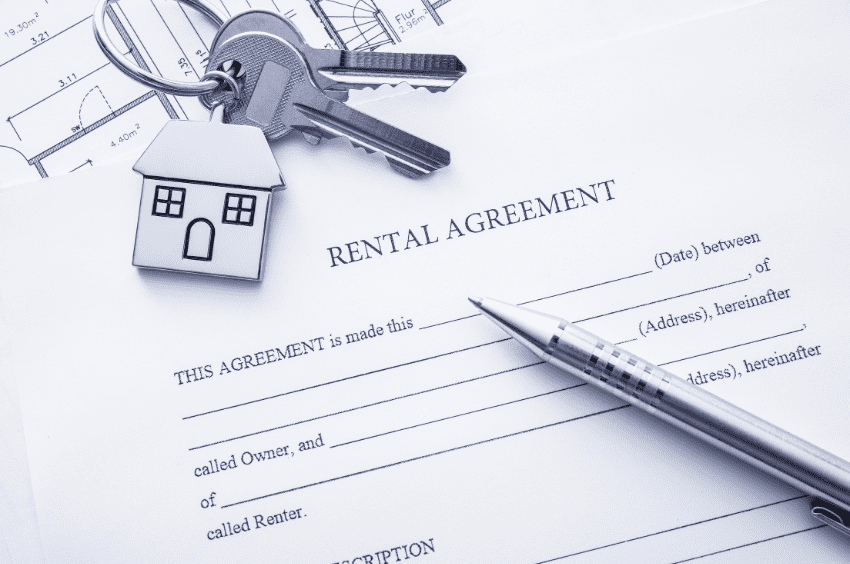Important Information About Simple Rental Agreements
If you are looking for a simple lease agreement template for your rental business, we have one that you can customize to fit your needs.
Before signing any lease, both the renter and the landlord should understand their rights and duties. These can be clearly explained in a rental agreement template, which helps build a good relationship between both sides.
This guide explains:
- The basic items to include in the rental contract
- Common sections that are often added
- Tips on how to use a simple rental agreement template effectively
Basic Items to Include in a Rental Agreement
Rental agreements can vary, but most simple templates include the following:
- Property details. List the address of the property being rented. This section should also include any items the landlord is providing, like furniture or appliances.
- People living in the unit. Everyone who will live on the property should be listed. The tenant’s name goes at the start of the agreement, and an added section includes names and birthdates of other people staying there.
- Lease dates. State when the lease begins and ends. If it’s a month-to-month rental, that should be clear too. Include the exact start and end dates of the lease.
- Monthly rent. Explain how much the tenant will pay each month. If the lease doesn’t start on the first day of the month, mention how rent will be adjusted for that first month.
- Security deposit. Most landlords ask for a deposit to cover issues like damage or unpaid rent. The agreement should say how much is required and explain when or why part of the deposit might not be returned. It should also say when the rest of the deposit will be returned after the lease ends.
- Utility bills. Some landlords include certain utilities in the rent, while others ask tenants to pay them. List the specific utilities, such as electricity, gas, water, and garbage collection, and mention who pays for each.
Other Terms You May Want to Include
The basics listed above are important, but some properties may need extra terms to make the agreement complete. These are often included in simple rental contracts:
- Late or unpaid rent. The agreement should clearly explain what happens if the tenant doesn’t pay rent on time. This may include late fees, both at the start and if the payment stays overdue.
- Returned checks. If a check bounces, there may be extra fees. This section can also explain whether cash will be accepted and under what conditions.
- Changes to the lease. The agreement should say how the landlord will inform tenants about changes, such as ending or renewing the lease or raising the rent. It’s common to give at least 30 days’ notice.
- Pets. If pets are allowed, the agreement may include an extra form covering extra deposits or monthly pet fees. It should also say what happens if a tenant brings in a pet without the landlord’s approval.
Tips for Using a Simple Rental Agreement Template
A basic template can help you remember the important details to include, but there are still a few things to keep in mind when creating or signing the final contract:
- Make changes as needed. A simple template is just a starting point. Adjust it to reflect the features of the rental property or the landlord’s rules.
- Keep agreements safe. Many landlords now prefer digital agreements for convenience. If you go this route, make sure your system is secure. Some services, like Nitro Sign, focus on safety for both landlords and renters.
- Include clear details. It’s always better to include too much information than not enough. Make sure all amounts and dates are clearly listed to prevent misunderstandings later.





